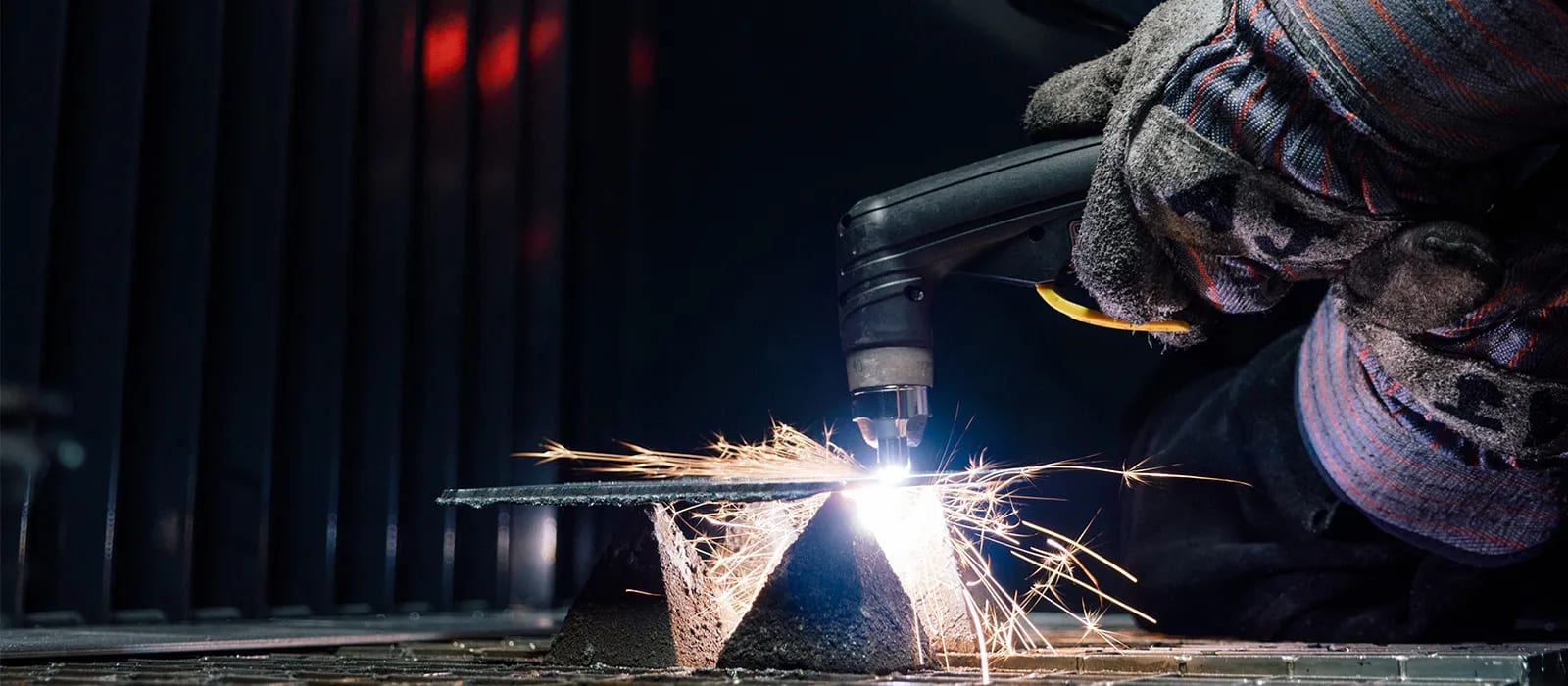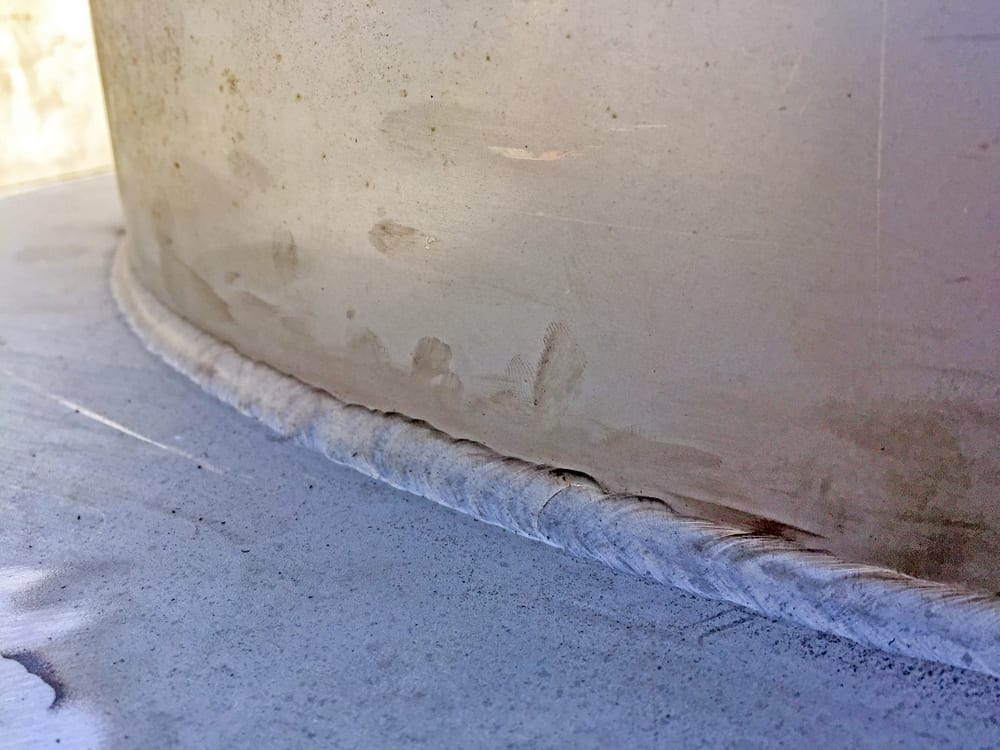Vital Tips for Welders: Protecting Against Undercut Welding and Ensuring Stronger Weld Joints
In the world of welding, attaining resilient and strong weld joints is the cornerstone of generating high-grade job. One typical challenge that welders frequently encounter is undercut welding, which can endanger the honesty of the weld joint.

Comprehending Undercut Welding
Undercut welding is a common welding flaw that occurs when the weld steel fails to appropriately load the groove and results in a groove-like clinical depression along the weld bead. This flaw damages the weld joint, making it susceptible to splitting and failing under tension. Undercutting can be brought on by numerous factors, consisting of too much welding current, high welding speed, inappropriate electrode angle, inaccurate electrode dimension, and bad welding technique.
Among the major reasons for undercut welding is an inequality in between the welding present and the welding speed. If the welding current is expensive or the welding speed is as well fast, the weld metal may not properly fill up the groove, bring about undercutting. In addition, using an electrode that is as well big can lead to a comparable end result, as the excess steel can not properly stream right into the groove.
To avoid undercut welding, welders should ensure they are using the appropriate welding specifications, keep an ideal electrode angle, pick the appropriate electrode size, and practice proper welding techniques. By dealing with these aspects, welders can lessen the threat of damaging and develop more powerful, a lot more reliable weld joints.
Proper Welding Strategy
Efficient welding method plays an essential role in making certain the high quality and integrity of weld joints. One basic element of proper welding strategy is maintaining the correct angle and range between the welding weapon and the workpiece.
In addition, a constant and constant hand activity is crucial for creating solid and sturdy weld joints. Welders should intend for smooth, consistent motions to guarantee also distribution of the weld product. Proper control of the welding gun and filler material is additionally essential to achieving ideal penetration and combination.
In addition, managing the warmth input and selecting the proper welding parameters based upon the product being welded are essential elements in attaining top quality welds - Preventing weld undercut. Welders must comply with the suggested settings given by welding treatment requirements and readjust them as required based upon the particular needs of the project. By grasping correct welding strategies, welders can considerably boost the toughness and reliability of their weld joints
Selecting the Right Electrode
When taking into consideration the significance of picking the right electrode in welding applications,Keeping the proper angle and range in between the welding weapon and the workpiece is essential. The selection of electrode plays a crucial role in identifying the high quality and strength of the weld joint. Electrodes are available in different types, each developed for certain functions and materials.
First of all, picking the suitable electrode size is essential. Thinner electrodes are suitable for welding slim products, while thicker electrodes are much better for thicker products and greater warmth applications. Matching the electrode size to the density of the work surface assists achieve a balanced weld.
Second of all, comprehending the material structure of the electrode is important. Different electrodes are developed for welding specific materials like steel, stainless-steel, aluminum, or cast iron. Utilizing the appropriate electrode material ensures excellent blend and decreases the risk of defects in the weld.
Lastly, taking into consideration the welding placement and method is important when selecting the electrode type. Particular electrodes are much better suited for overhead or upright welding placements, while others work well for flat or straight positions. Picking the ideal electrode based on the welding strategy improves the overall weld top quality and stability.
Preparing the Base Steel
To make sure a successful welding procedure, what preliminary actions should be taken when preparing the base metal for welding? Properly preparing the base steel is essential for attaining solid and durable weld joints. The initial action in preparing the base steel is to clean it extensively to eliminate any kind of pollutants such as corrosion, oil, paint, or dirt. This can be done making use of a cable brush, mill, or chemical solvents. Additionally, any type of existing weld product or residue from previous welding must be gotten rid of to make sure a tidy surface for the brand-new weld.

Conducting Post-Weld Inspections

After conducting these assessments, welders must contrast the outcomes versus market standards and project requirements to make certain that the weld joint meets all necessary standards. Any kind of inadequacies or discrepancies uncovered find out here throughout the post-weld assessment needs to be quickly dealt with through ideal restorative steps to guarantee the weld's honesty. By vigilantly performing post-weld examinations and without delay resolving any type of issues, welders can promote the top quality and reliability of their job, eventually adding to the safety and security and durability of the bonded frameworks.
Conclusion

In verdict, avoiding undercut welding and guaranteeing more powerful weld joints require a mix of appropriate welding technique, picking the right electrode, preparing the base steel correctly, and performing post-weld evaluations. By recognizing the reasons for undercut welding and applying the essential preventative measures, welders can create top notch weld joints that satisfy industry criteria and ensure the structural stability of the welded elements.
Undercut welding is an usual welding flaw that occurs when the weld metal fails useful content to correctly fill up the groove and results in a groove-like clinical depression along the weld grain (Preventing weld undercut). Damaging can be caused by numerous variables, including excessive welding existing, high welding speed, inappropriate electrode angle, incorrect electrode size, and bad welding strategy
One of the primary reasons for undercut welding is a discrepancy between the welding present and the welding rate. If the welding current is as well high or the welding rate is too quick, the weld steel may not effectively fill the groove, leading to undercutting.Preserving the correct angle and distance in between the welding weapon and the workpiece view is fundamental when considering the relevance of selecting the appropriate electrode in welding applications.